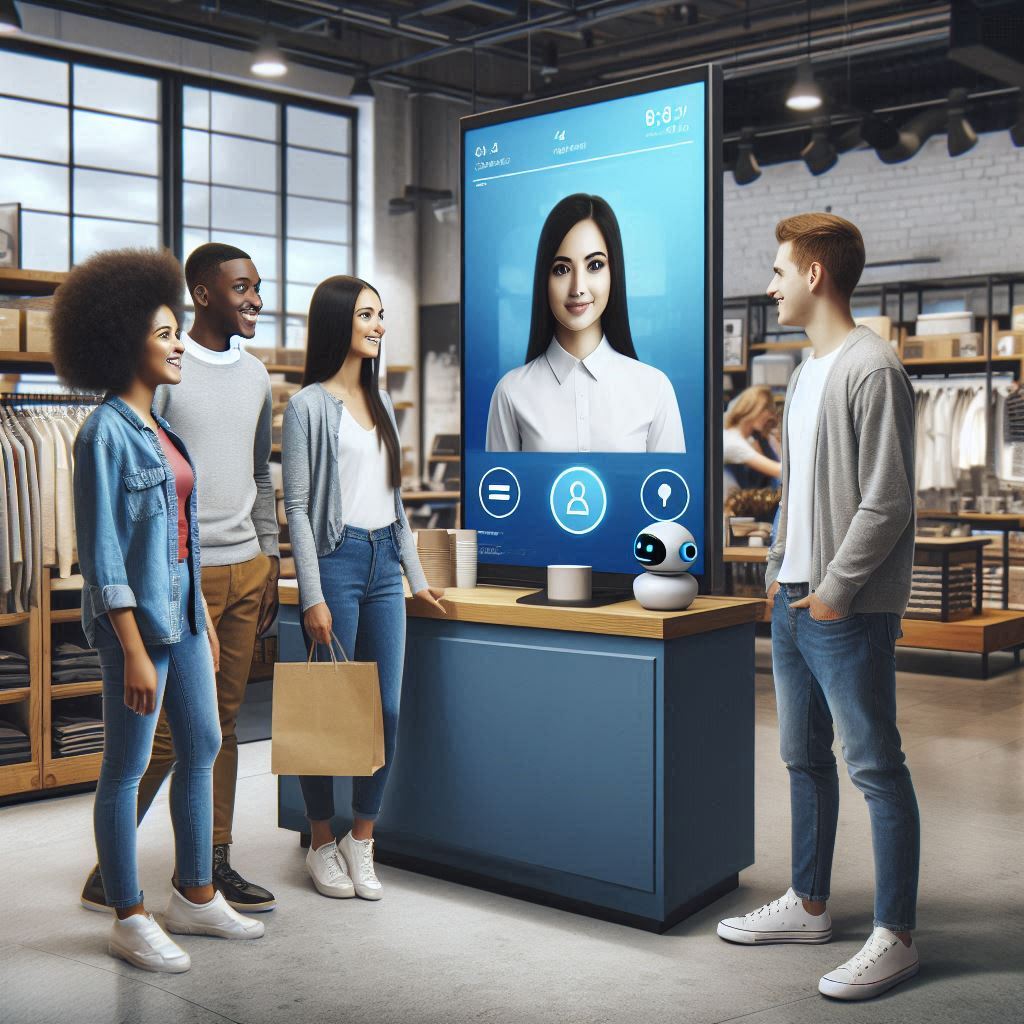Employee engagement is more than just a corporate trend; it’s a crucial driver of business success. Yet, many organisations treat it as a soft metric, something to be addressed once a year with a clunky survey. The reality? Poor employee engagement is silently draining productivity, driving up turnover, and weakening customer satisfaction.
Andrew Cook, founder of AI-powered engagement platform HeadsUp, says the problem isn’t a lack of feedback; it’s a lack of useful feedback. “Companies aren’t short on feedback,” he explains. “What they’re short on is useful feedback. Generic insights like ‘improve communication’ tell you nothing actionable.”
When employee feedback is too vague or collected too infrequently, leaders are left guessing. And guessing doesn’t lead to meaningful change; it leads to missed opportunities and growing disengagement.
Employee engagement: the real cost of getting it wrong
The cost of poor employee engagement is often underestimated. Disengaged employees are more likely to underperform, leave their jobs, or damage the customer experience. Unfortunately, many organisations still view engagement as a ‘nice-to-have’ rather than a core business strategy.
“There’s still a perception that engagement is a ‘nice-to-have’,” says Cook. “But the truth is, disengaged employees hurt performance, increase turnover, and weaken customer satisfaction. If engagement isn’t a strategic priority, you’re bleeding value.”
This highlights a vital distinction: satisfaction is not the same as engagement. Satisfied employees might do what’s required. Engaged employees go beyond, driving innovation, embracing challenges, and delivering better results.
Employee engagement: breaking the Survey Cycle
Traditional engagement surveys are part of the problem. Delivered once or twice a year, they often produce outdated insights that are hard to act on. Worse still, the length and complexity of these surveys can turn employees off entirely.
“Survey fatigue is real,” warns Cook. “Long, complex surveys push people to disengage or give shallow responses. That kind of data is worse than useless—it actively leads you in the wrong direction.”
Forward-thinking companies are moving away from outdated methods and embracing shorter, more frequent feedback loops. With the help of AI, these check-ins are becoming more insightful and timelier, allowing leaders to act fast, not after the fact.
Employee engagement: real results through real listening
When done right, employee engagement initiatives deliver measurable results. According to Cook, a BPO firm that shifted to a more responsive engagement model reduced its attrition rate by 12% and unplanned absenteeism by 15%. Another saw a 13% improvement in engagement and an 11% boost in customer satisfaction.
These examples aren’t anomalies. They reflect a wider shift towards continuous dialogue and real responsiveness. It’s not about collecting more data; it’s about acting on the data you have.
“Employees don’t just want to be heard,” says Cook. “They want to see that what they say matters. Even if the change takes time, what matters is the acknowledgement and validation.”
Employee engagement: the future is feedback with follow-through
What’s the future of employee engagement? Not more surveys, but better ones. Brief, frequent, and action-orientated. The goal isn’t just to measure engagement; it’s to build momentum and trust.
Cook sums it up perfectly: “When employees feel heard and then see the follow-through, they don’t just stick around; they lean in.” In an age of AI and rapid change, employee engagement can no longer be treated as a passive HR function. It’s a strategic imperative. The companies that embrace this are the ones that will thrive
Image by vectorjuice on Freepik











